By Greg Ingalls, Partner, Project Manager, AIA, Rowland+Broughton Architecture, Urban Design, Interior Design, Aspen and Denver, Colorado
The three-day AIA Colorado Keystone conference held in November delved into various themes, with 4 keynote speakers, multiple breakout sessions, and an inspiring expo floor. A particular focus was on the operational aspects of architectural practices and the dynamics of collaboration in the field. Diverse perspectives were shared by practitioners, each tailored to their specific work and client base. A key insight emerged: the architectural profession is undergoing a shift, moving away from traditional norms to prioritize personal balance and well-being. The experiences shared by keynote speakers underscore the importance of aligning workflows with individual goals, fostering healthier work environments, and embracing creativity to navigate the evolving profession of architecture.
Historically perceived as a field of ‘starving artists’, sacrificing personal well-being for their craft, the pandemic has catalyzed a transformation. Practices are now reorienting towards wellness, restructuring offices to foster healthier work environments. Discussions highlighted the challenges inherent in the creative process and the responsibility of architects to devise innovative solutions to emerging challenges. The overall sentiment was optimistic, encouraging participants to actively engage in problem-solving.
A major highlight of the conference was the keynote address by Tom Kundig, FAIA, renowned for his innovative, machine-like architectural designs, in conversation with Rowland+Broughton Co-Founding Principal Sarah Broughton, FAIA. Kundig, who was drawn to architecture through a fascination with automobiles and industrial design, shared his journey from a modest upbringing to becoming a licensed architect by the age of 24. He candidly revealed that he only considered himself a true architect later in his career, after gaining substantial experience and decision-making acumen.
Kundig’s presentation focused primarily on residential architecture, a sector that has significantly fueled both his practice and career. He advocated for the profound impact of residential projects, citing their simplicity, the clarity in decision-making they offer, and the opportunity for architects to learn from each project. He underscored how these projects allow architects to see the direct translation of initial concepts into built structures and to refine their approaches in subsequent, sometimes larger projects.
Kundig’s dynamic style was clearly represented in his own home, entitled the Hot Rod House. He shared several photos highlighting exposed concrete, custom machined hardware, and mechanically fastened steel forms framing operable glass viewports over the Puget Sound. Even with a component as simple as a TV mount, he managed to rig a fully adjustable pulley system complete with an industrial fan and lighting fixtures, exposing the cabling as a design feature. He stated that the project allowed him to experiment with materials in new ways, discovering that steel can become even stronger when bent and folded. This is exemplified in an iconic steel plate staircase, with a rolled handrail that provided extra rigidity, allowing it to stay thin and simplified.
Regarding wellness, time management and discipline, Kundig stressed the value of allocating time proportionate to the importance of each issue. He advised against unnecessary drama and overindulgence, advocating for reliance on intuition and instinct, which he considers the most developed aspects of human cognition. Kundig emphasized that some design decisions are best guided by a sense of what feels inherently right.
Kundig continued to engage the Colorado audience by weaving in stories of his mountaineering adventures, skillfully drawing parallels between the challenges of climbing and those encountered in the field of construction and architecture. His humorous remark, ‘As soon as you start a climb, you are already behind schedule,’ resonated deeply with the audience, echoing the shared experiences of architects who often find themselves navigating tight project deadlines.
These mountaineering parallels extend beyond the humorous anecdote, offering a profound reflection on the importance of well-being in the architectural profession. In the relentless pursuit of architectural excellence, architects often face what seems like an impossible uphill climb. It is easy to keep your head down when working through projects. However, conferences like AIA Practice + Design provide a unique vantage point, allowing professionals to step back and appreciate the view that surrounds them. This introspective moment becomes crucial in recognizing how far the architectural practice has come and, more importantly, in charting a path forward that prioritizes not only our professional successes but the well-being of individuals within the industry. In essence, these conferences serve as a collective reminder for architects to balance the demanding climb with moments of reflection, fostering a culture of wellness and resilience in the face of challenges.
Olson Kundig, Kundig’s firm, has demonstrated remarkable resilience and growth, notably opening a second office in New York during a time when many firms were downsizing. Now boasting over 340 staff members and undertaking projects globally, the firm’s work is a testament to creativity, rigor, and craftsmanship. Kundig’s insights not only reflect his personal ethos but also serve as an inspiration for continuous growth and innovation in the architectural field.
